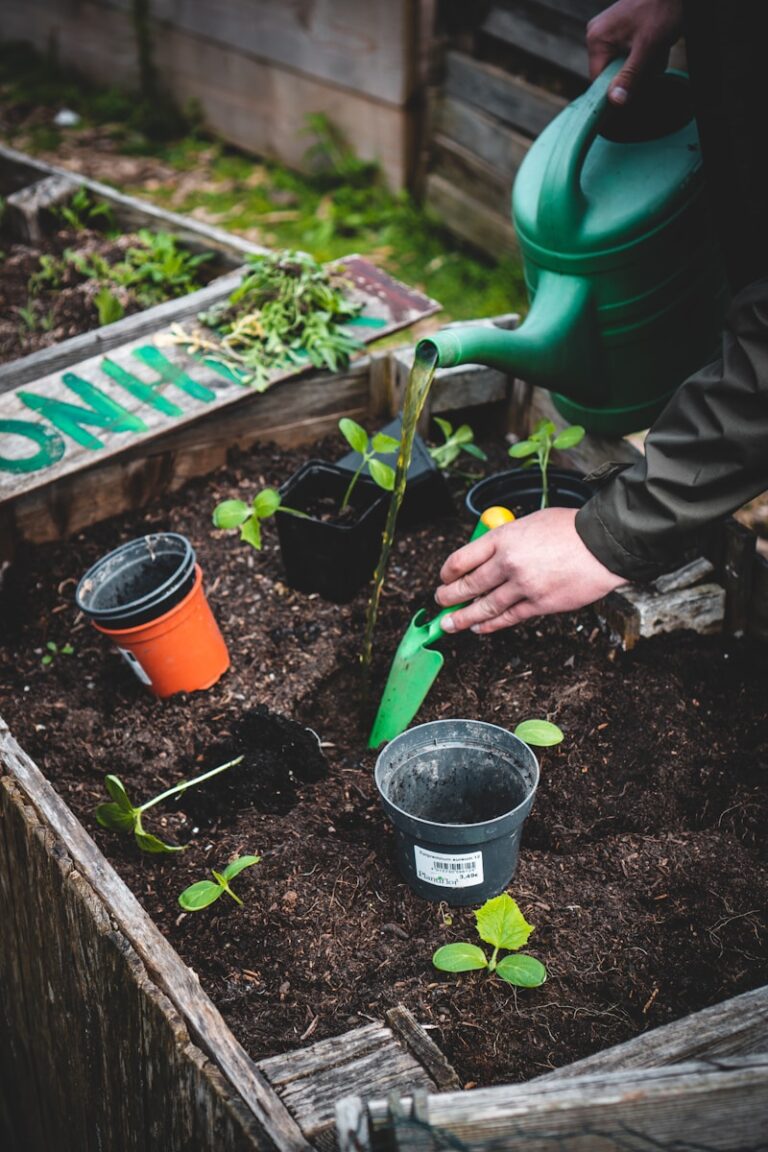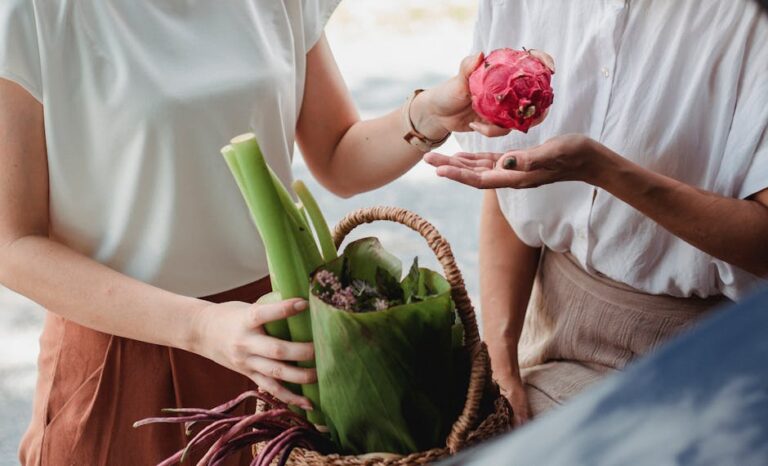How to Create a Sensory Garden for Mindfulness and Joy to Boost Relaxation and Happiness
Creating a sensory garden offers a way to connect with nature through all of your senses. It’s a space designed to bring calm, joy, and mindfulness by engaging sight, smell, sound, touch, and even taste.
A sensory garden helps you slow down and enjoy the present moment by focusing on natural elements around you. Whether you have a large backyard or a small balcony, you can design a garden that encourages relaxation and sensory exploration.
Choose aromatic herbs like lavender and rosemary to engage the sense of smell.
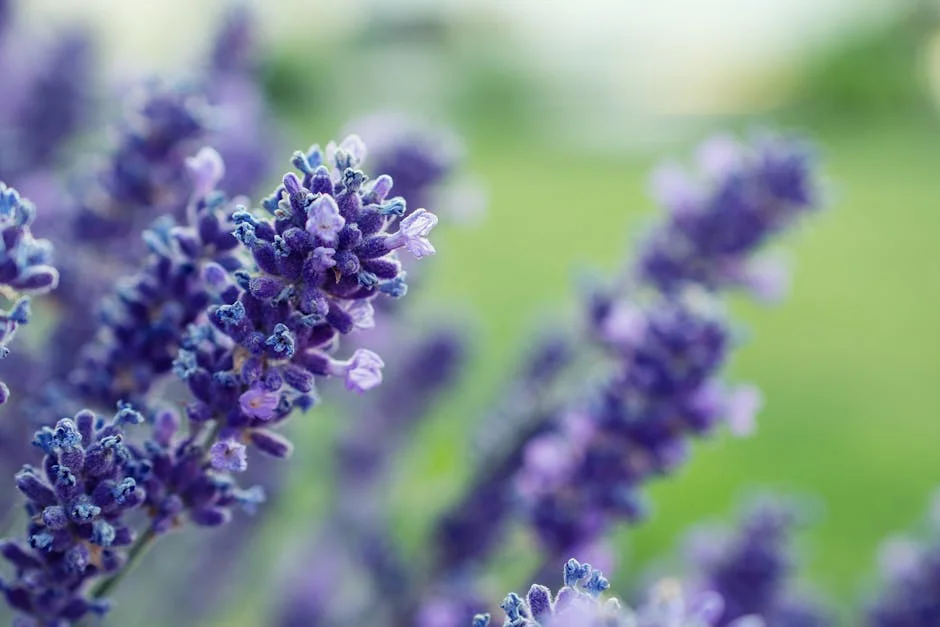
Including aromatic herbs like lavender and rosemary in your garden helps create a calming and inviting atmosphere. Their scents are known for being soothing and can enhance your mindfulness experience.
When you gently brush or rub their leaves, these herbs release their fragrances, encouraging you to pause and connect with the moment. Plus, they add beauty and texture to your garden space.
Lavender is great along walkways, while rosemary can form low hedges or borders. Both herbs are relatively easy to grow and maintain, making them practical choices for your sensory garden.
Incorporate textured plants such as lamb’s ear and ornamental grasses for tactile experiences
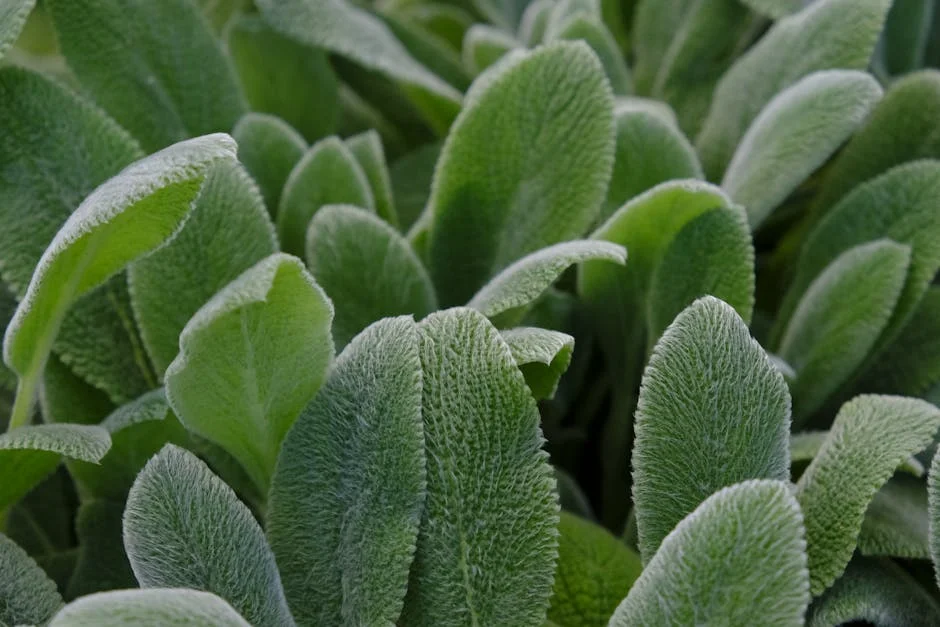
You can add soft, velvety plants like lamb’s ear to your garden for a gentle touch. Its silvery leaves invite you to run your fingers over them and enjoy a soothing texture.
Ornamental grasses bring a different feel with their slender, sometimes rough blades. When the wind blows, they create movement and a calming rustling sound.
Mixing these plants gives your garden a variety of textures. This makes your outdoor space more engaging and encourages you to connect with nature through touch.
Add colorful flowers like sunflowers and tulips to delight the sense of sight
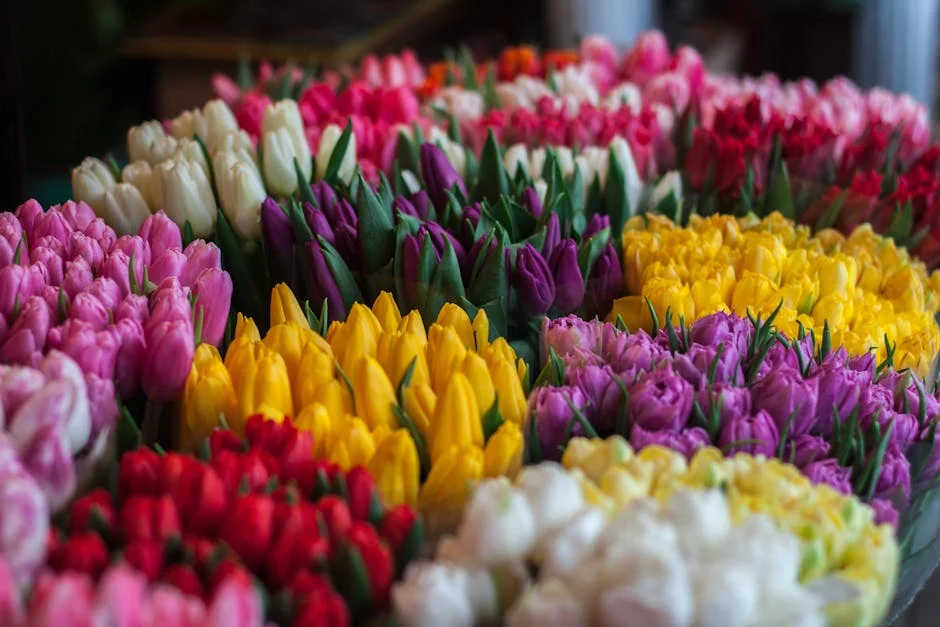
You can brighten your sensory garden by planting vibrant flowers such as sunflowers and tulips. These flowers draw your eye with bold colors and help create a lively atmosphere.
Sunflowers offer tall, sunny blooms that instantly lift your mood. Tulips come in many shades, adding variety and charm throughout the seasons.
Mixing colors and shapes keeps your garden visually interesting. This way, every time you visit, you’ll find new details to enjoy. Adding color is a simple step to engage your sense of sight and bring a bit of joy to your space.
Install wind chimes or a small water fountain to introduce soothing sounds

Adding wind chimes to your garden brings gentle melodies that change with the breeze. Choose materials like bamboo or metal for different tones. Their soft sounds can help you feel more relaxed and present in the moment.
A small water fountain or bubbling feature brings calming water sounds to your space. The gentle trickle masks unwanted noise and creates a peaceful atmosphere. You can tuck it among plants and rocks to keep a natural look.
Both wind chimes and water fountains make your garden a sensory retreat. They add quiet sounds that encourage mindfulness and enhance your outdoor experience.
Create a small edible section with mint or strawberries for safe tasting

You can add a cozy edible section in your garden with plants like mint or strawberries. These are easy to grow and safe for tasting, making them perfect for a sensory garden.
Having fresh mint leaves or ripe strawberries lets you connect directly with nature through taste. This simple act encourages mindfulness and adds a joyful moment to your garden stroll.
Choose a spot that gets plenty of sunlight, and keep the area well-watered. You might also include other herbs or small fruits to create variety and interest in your edible corner.
Use curved pathways and soft seating areas to encourage rest and mindfulness
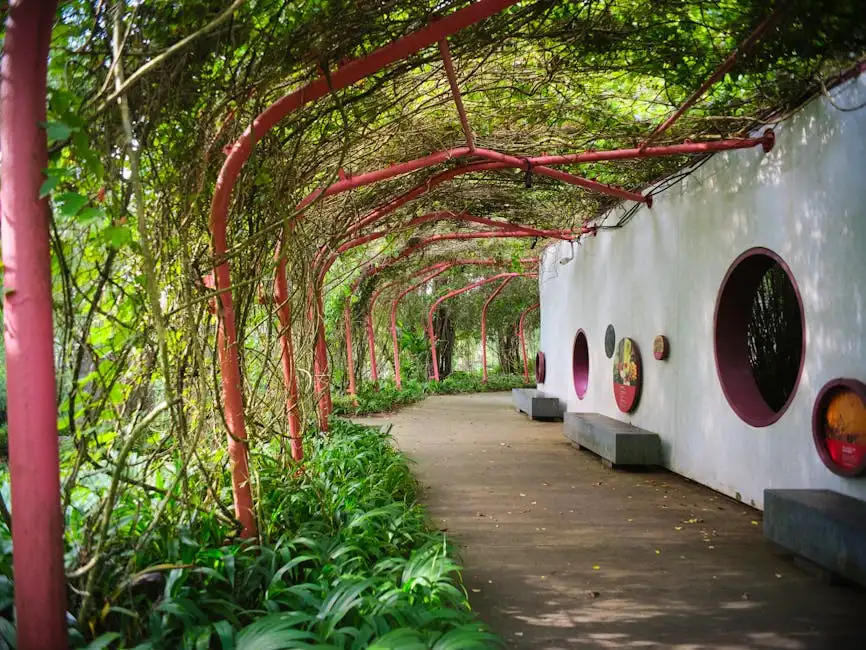
Curved pathways gently guide you through the garden, creating a natural flow that feels calming. They invite you to slow down and appreciate the surrounding plants and textures at your own pace.
Soft seating areas, like benches or cushioned chairs, provide cozy spots to pause and breathe. Placing these in shaded or quiet corners encourages moments of rest and reflection.
Together, these design elements help you stay present in the garden. They make it easier to focus on the sensory experience and find peaceful breaks throughout your visit.
Include plants that bloom in different seasons for year-round interest
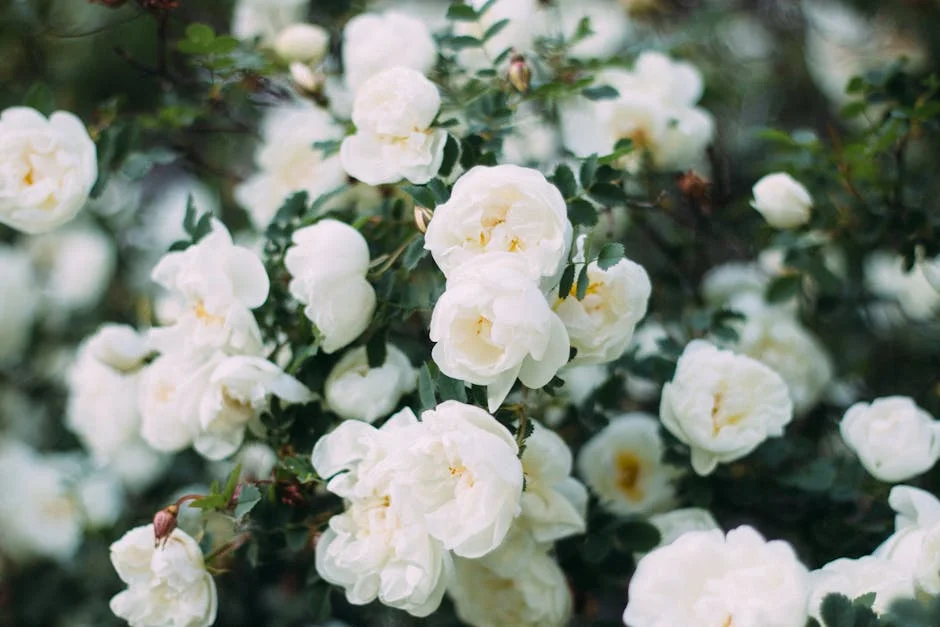
To keep your sensory garden engaging all year, choose plants that bloom at different times. This way, there’s always something fresh to see, smell, or touch.
Start with spring bulbs like crocuses or daffodils for early color. In summer, add vibrant flowers such as coneflowers or sunflowers.
For fall, consider asters or chrysanthemums to extend the bloom season. Winter interest can come from evergreens or shrubs with interesting textures or berries.
By mixing plants that shine in every season, your garden stays lively and inviting through all the changes in weather.
Use smooth stones and rough bark in sensory touch stations

You can create touch stations using smooth stones and rough bark to add variety in textures. Smooth stones offer a calming, cool surface that invites gentle exploration.
Rough bark, in contrast, gives a tactile, textured feel that helps awaken your sense of touch. Placing these materials in accessible spots encourages mindful moments as you feel the differences.
Combining both elements makes your sensory garden more interesting. You can arrange stones along pathways or in small circles, while bark pieces can be part of seating areas or walls.
This simple mix invites you to slow down and enjoy the natural textures around you.
Place bird feeders to attract songbirds, enhancing sound stimulation
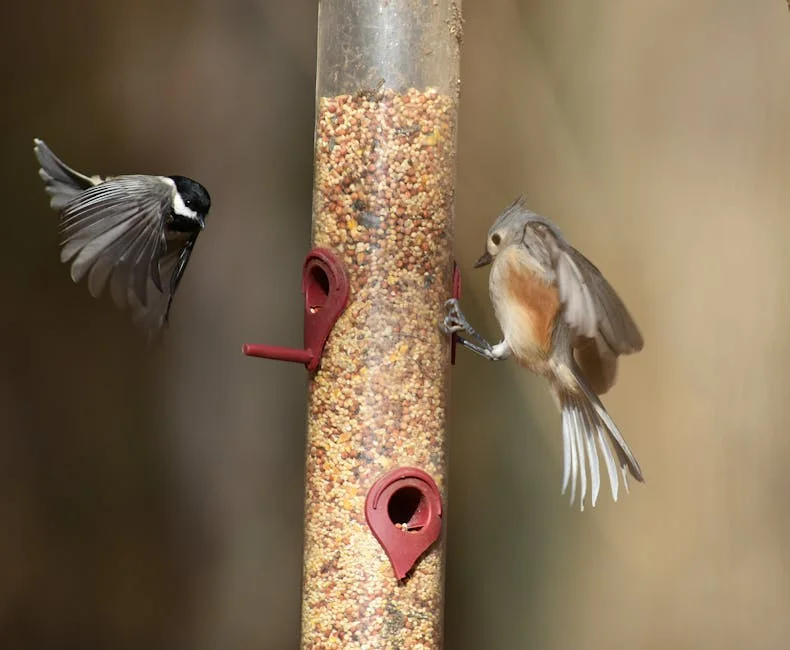
You can create a lively, natural soundtrack by placing bird feeders thoughtfully in your garden. Choose spots near trees or shrubs to offer birds a safe place to perch and hide from predators.
Make sure feeders are visible but shielded from too much wind or harsh sun. This keeps food fresh and birds comfortable. Variety matters, using different feeder types with seeds, nectar, or suet attracts a wider range of songbirds.
Keeping water nearby, like a birdbath, adds to the sensory experience. Regular cleaning and refilling help maintain a healthy environment where birds will return often, filling your garden with cheerful songs.
Add fragrant night-blooming flowers like jasmine for evening enjoyment
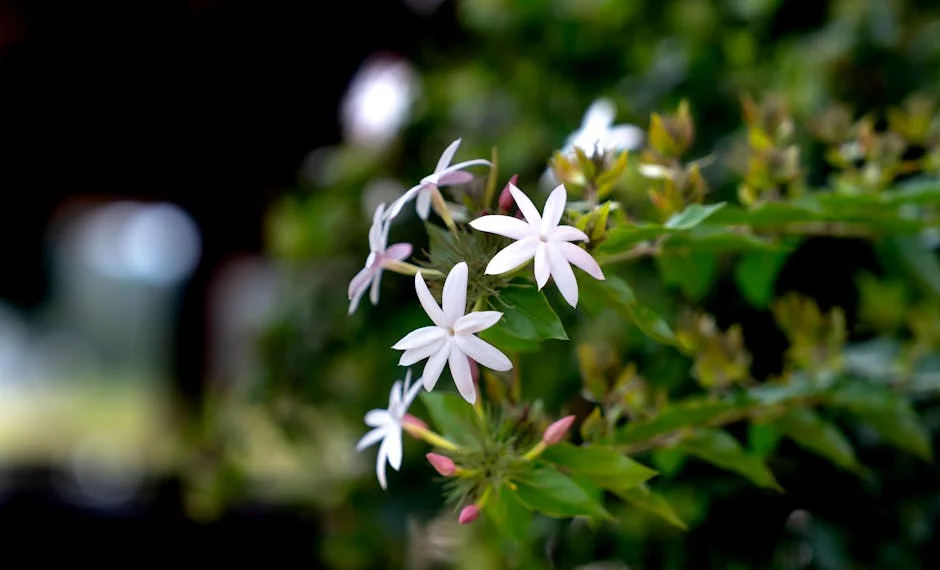
Adding night-blooming flowers like jasmine to your garden brings a special calm to your evenings. These flowers open at dusk, releasing a gentle, sweet fragrance that fills the air.
Night-blooming jasmine, in particular, thrives in warm climates but can be grown indoors in cooler areas. You’ll notice their small white flowers are subtle by day but come alive with scent after sunset.
Plant them near seating areas to enjoy their aroma while you relax. Their scent can elevate your mindfulness practice, making your garden a peaceful retreat as the day fades.


